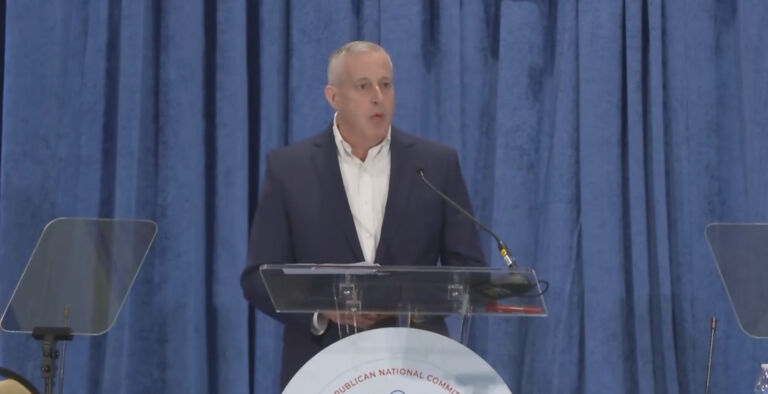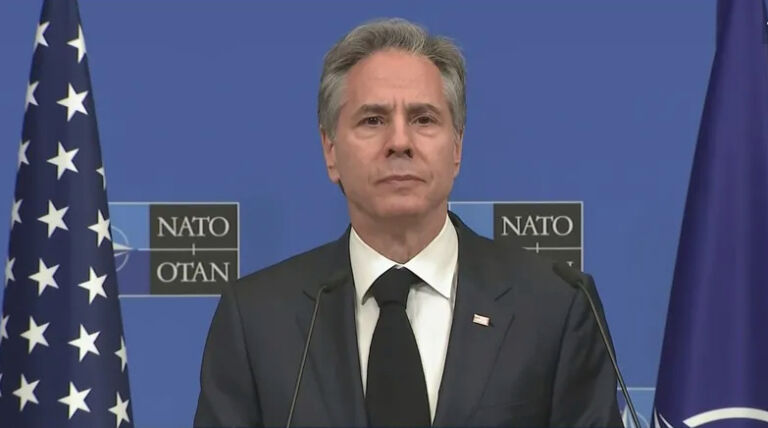Zachary Halaschak writes for the Washington Examiner about an economic challenge for President Biden’s re-election bid.
The rising odds that the Federal Reserve might not cut interest rates at all this year has major implications for the coming elections, especially in terms of imperiling President Joe Biden’s quest for a second term.
Just four months ago, investors were pricing in up to six interest rate cuts from the Fed in 2024, with most expecting that the first cut would have already happened by now. But inflation has proved more stubborn than thought, and now the expected timing for those cuts is being dramatically pushed back, with some expecting just one small decrease and others seeing a possibility that the central bank will not lower its target rate at all this year.
The higher interest rates are a result of years of too-high inflation. The rate of inflation began to spike in early 2021 and peaked at over 9% in 2022. Since then, it has largely been falling as a result of the higher interest rates, although this year, it has proven stickier than anticipated — not only bad news for the economy and consumers but bad news politically for Biden.
Inflation, as gauged by the consumer price index, has wobbled between 3% and 3.7% since June 2023 but has not once fallen into the 2%-3% range.
Higher interest rates are designed to squelch demand and thus cause prices to fall. So if inflation keeps coming in more than a percentage point higher than the Fed’s preferred 2% rate or does not show progress on moving there, presumably the Fed would not cut interest rates.
The markets are implying a rising likelihood of no cuts.
Investors as of Friday were pricing in a probability of just about 1 in 10 that the Fed will not cut rates by the end of the year, according to the CME Group’s FedWatch tool, which calculates the probability using futures contract prices for rates in the short-term market targeted by the Fed.


